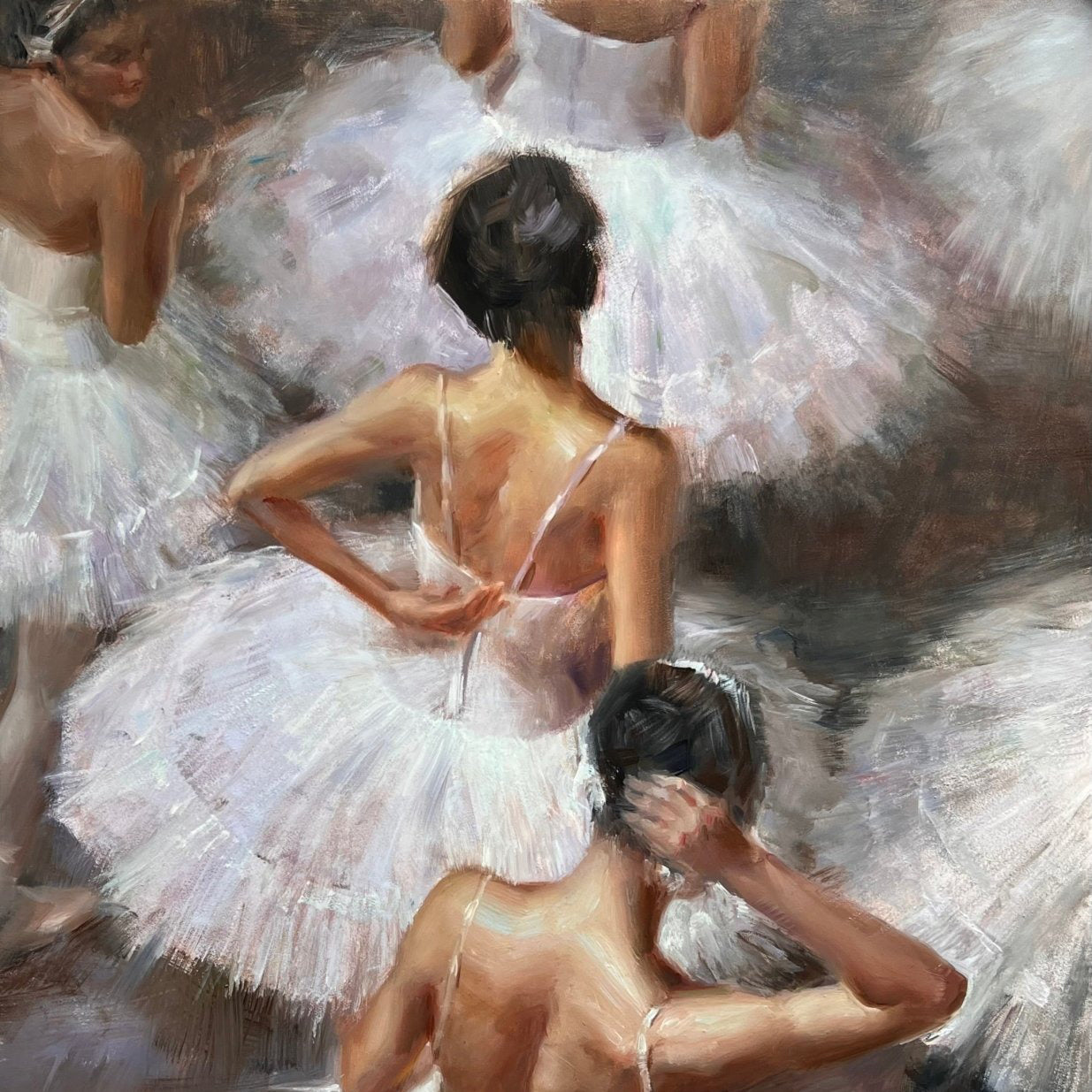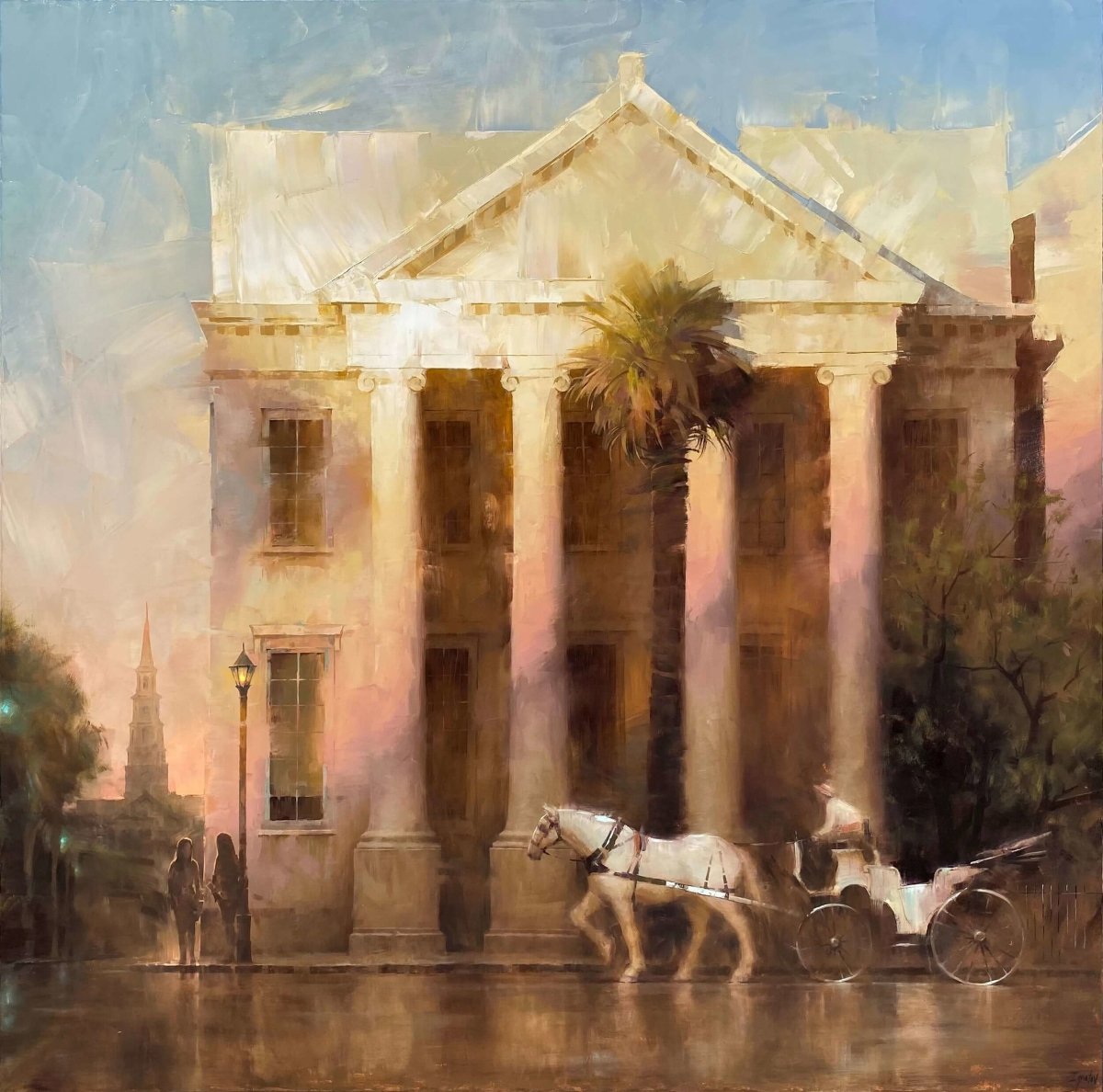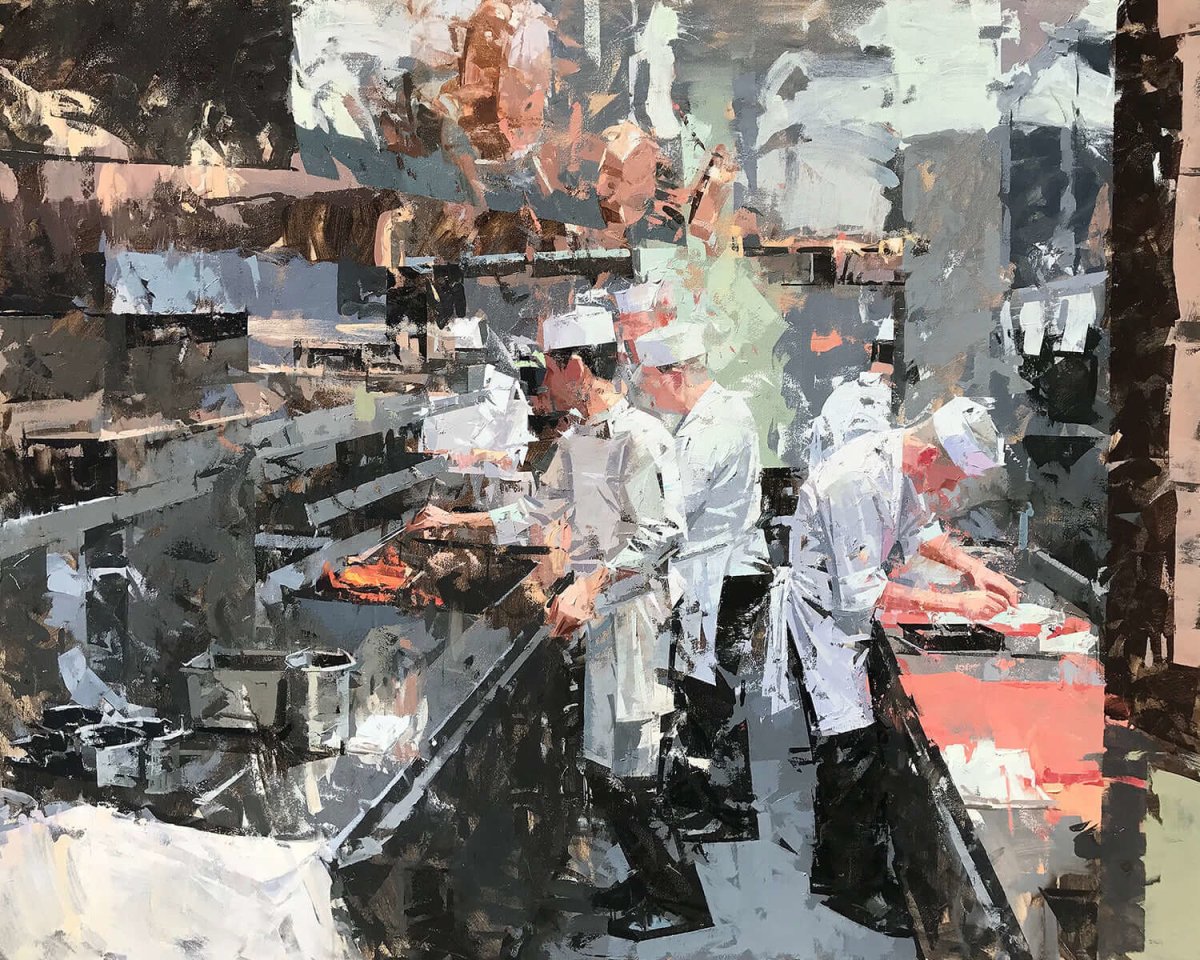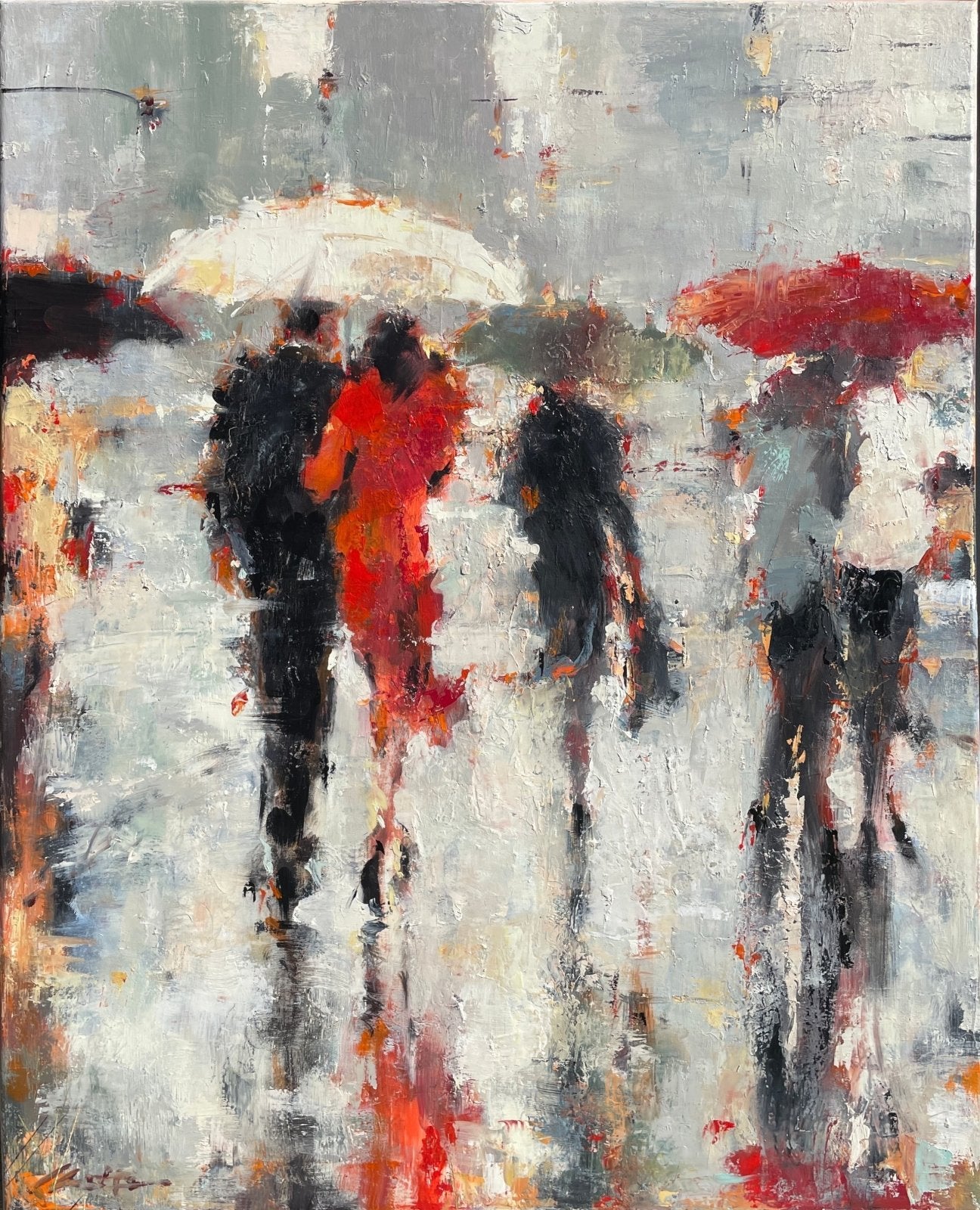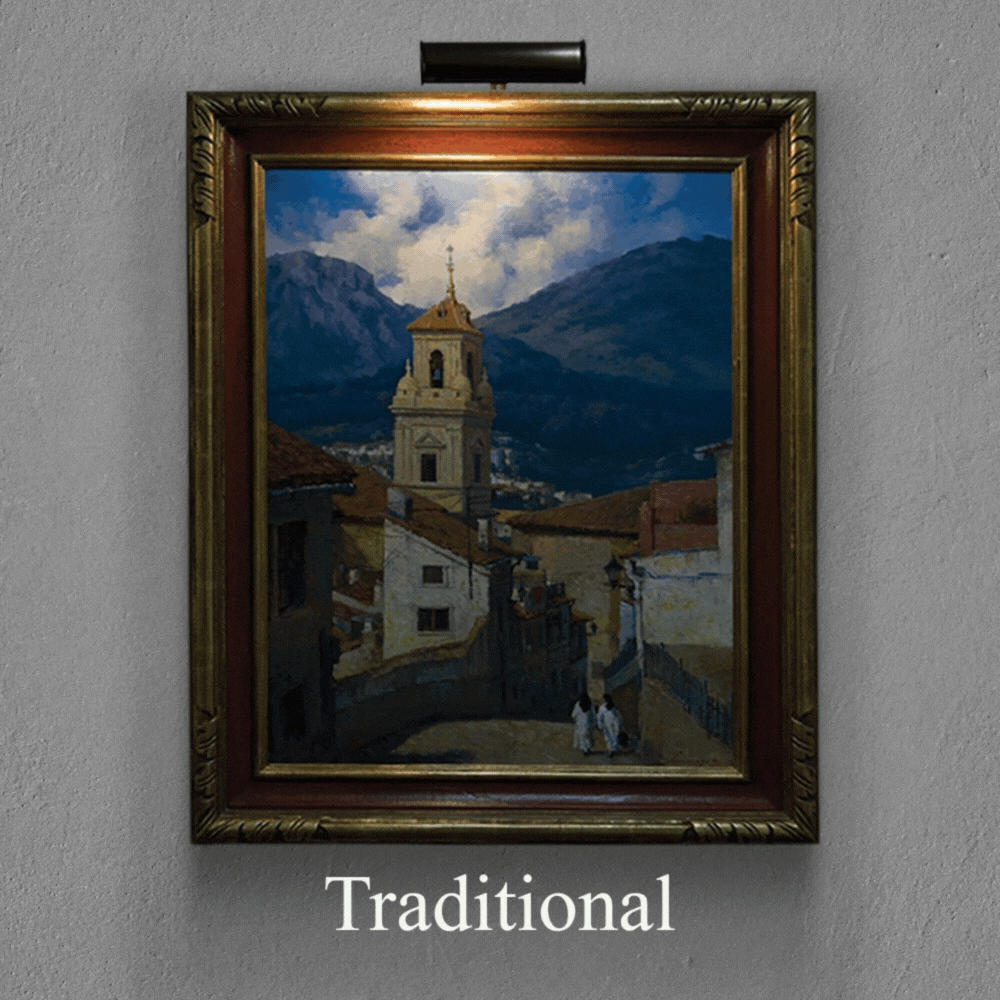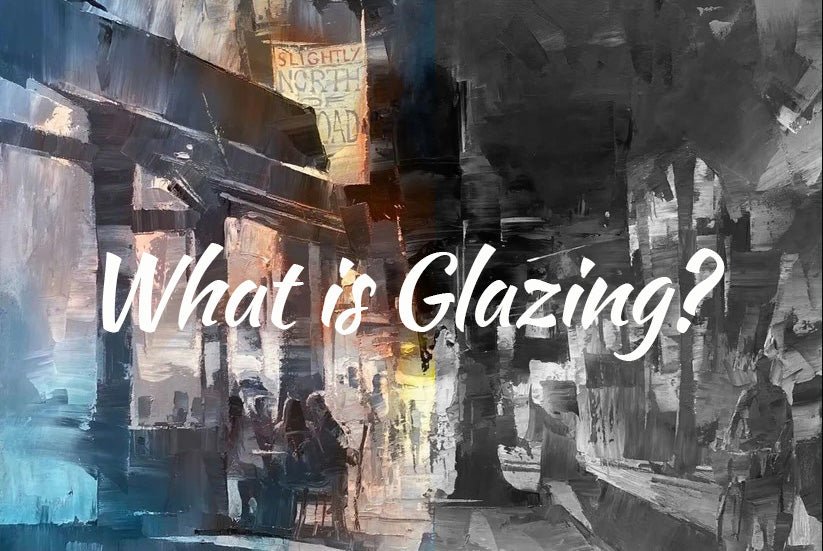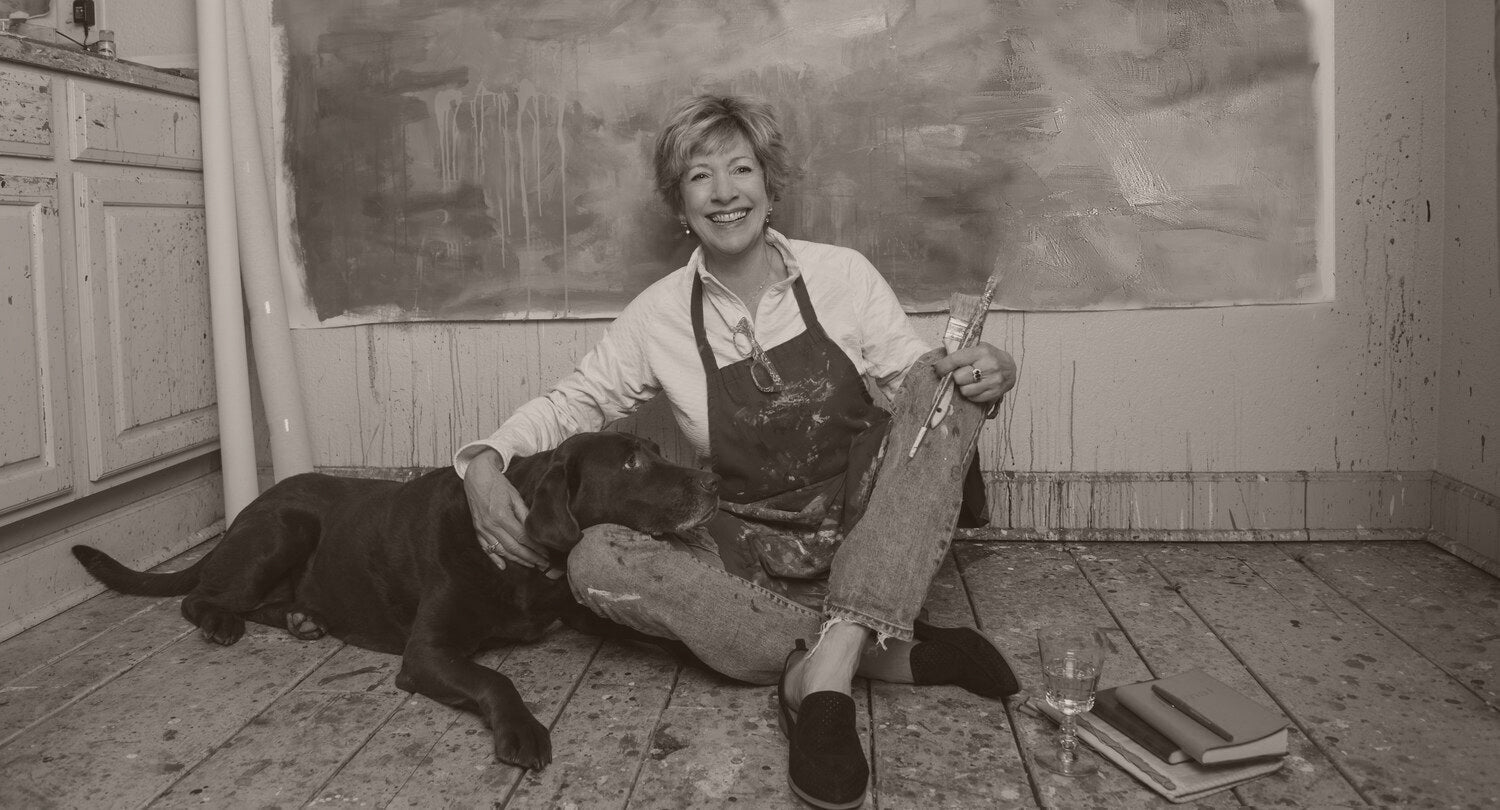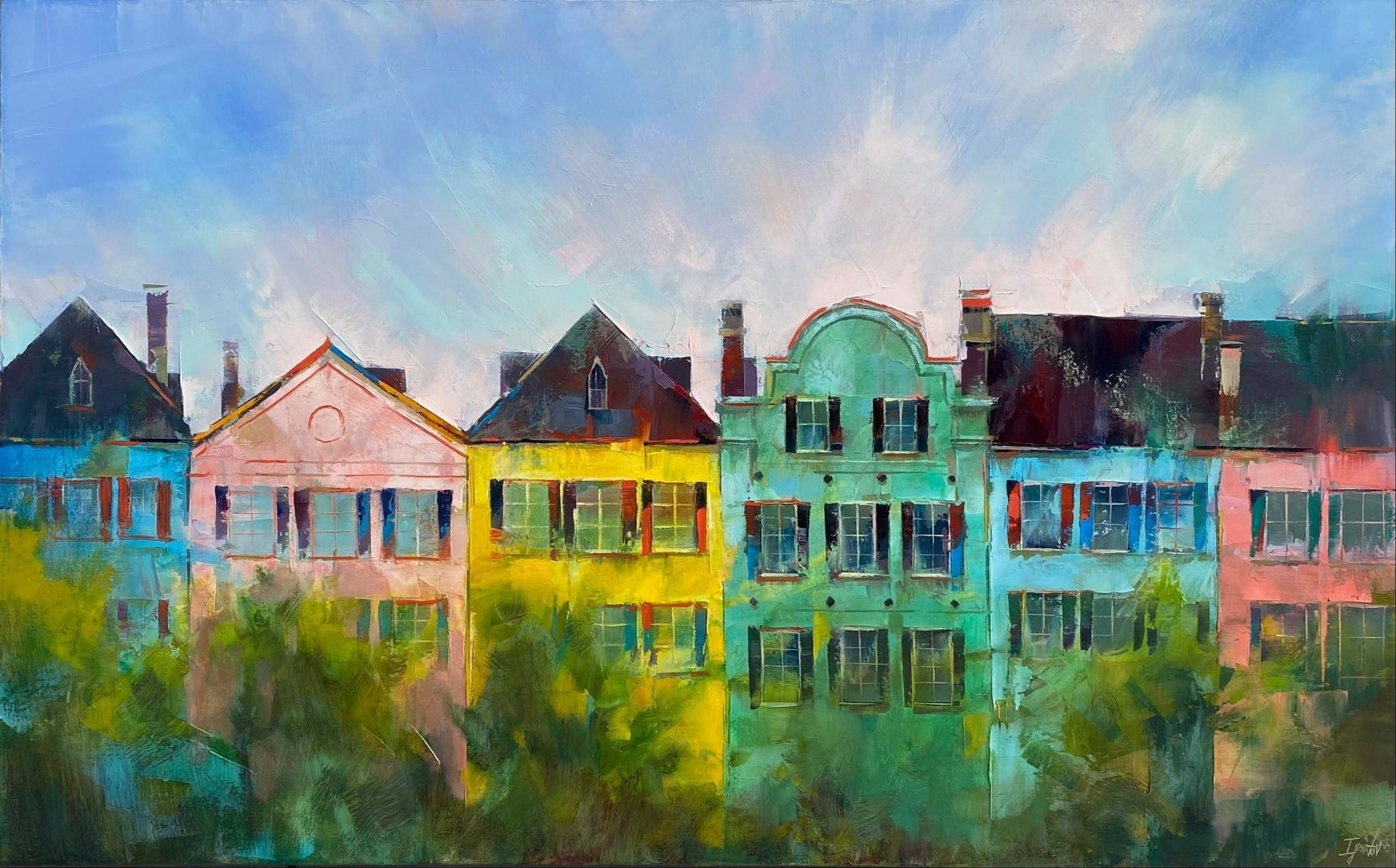What is Glazing? Techniques, History, and Challenges.
Glazing is a technique that has been used by artists for centuries to create luminous, glowing effects in their works. It involves applying thin, translucent layers of paint over a dried base layer of paint, building up layers of glaze to create depth and complexity.
The glazing technique has a long history in oil painting, dating back to the Renaissance period, where it was popularized by the Old Masters such as Leonardo da Vinci, Titian, and Rembrandt. Many of the artists in LePrince Fine Art routinely employ glazing techniques in their work.
One of the most famous examples of the glazing technique is Leonardo da Vinci's "Mona Lisa." Da Vinci used thin layers of glaze to create the enigmatic smile and the subtle transitions of light and shadow in the painting. Other Renaissance masters, such as Titian and Vermeer, also used glazing to create their highly realistic and detailed works.
During the Renaissance period, artists were experimenting with new techniques and materials, including oil paints. The invention of oil paints allowed artists to achieve greater control over the medium and create more realistic and detailed works of art. The glazing technique was one of the methods they developed to take advantage of the qualities of oil paint.
The glazing technique involves layering thin, translucent coats of paint over a dried base layer of paint. This can creates a sense of color, depth and luminosity in the painting that cannot be achieved with a single layer of paint. The glazes allow light to pass through the layers of paint and reflect off the underlying layer, creating a subtle glow that can bring the painting to life.
To start the glazing process, an artist would begin with a sketch or outline of the subject, then apply a base layer of paint with a brush or palette knife, allowing the paint to dry completely. Next, a thin layer of translucent paint is applied over the dried base layer, and the process is repeated, building up layers of glaze until the desired depth and luminosity is achieved. Thicker paint or impasto can be used to create highlights and shadows.
LePrince Fine Art Gallery artist Ignat Ignatov created a stunning example showing the full power of glazing in his painting of Charleston, SC restaurant Slightly North of Broad. First, he created a tonal black and white painting (first image below - unglazed). Once dried, he began applying transparent glazes containing color (finished painting - glazed).

 .
.While the glazing process can produce stunning results in oil paintings, it can also present challenges for artists. These challenges include achieving the right consistency of the glaze, avoiding streaks and brush marks, waiting for the glaze to dry completely between layers, mixing the right colors, and balancing the glazes with the rest of the painting. In short, it can take a bit longer to complete.
Achieving the right consistency is one of the most important aspects of glazing. If the glaze is too thin, it may not have the desired effect, while if it is too thick, it may not spread evenly or mix well with the underlying paint layer. Artists must experiment with different ratios of paint and medium (usually linseed or walnut oil) to achieve the right consistency.
When applying the glaze, artists must be careful to avoid leaving streaks or brush marks on the painting surface. This requires a steady hand and a delicate touch. The brush strokes must be light and even, and the glaze must be spread evenly across the surface. Kevin LePrince's painting "Stars" is another example of how depth and luminosity can be added to a night sky.

Each layer of glaze must be allowed to dry completely before applying the next layer. This can be a time-consuming process, as it may take several hours or even days for the glaze to dry completely. Artists must be patient and avoid rushing the process, as this can result in uneven or blotchy glazes.
To achieve the desired effect, artists must mix the right colors for the glazes. This requires a good understanding of color theory, technical knowledge of the chemistry of different paint colors, and an ability to mix colors accurately. Even small variations in the color of the glaze can have a significant impact on the final result.
Glazing can be a challenging but rewarding technique for oil painters. With patience, practice, and attention to detail, artists can create stunning works of art using this technique. Glazing can be an effective way to revive a dull, flat painting and bring it to life. It can create depth and luminosity in a painting, enhance the colors, smooth out the surface, and add texture and interest.
Other noted gallery artists to regularly include Curt Butler, Ning Lee, Deborah Hill.

In addition to the challenges involved in the glazing process, mark-making can also be a function of glazing. Mark-making refers to the various ways in which an artist creates marks on a surface, and it can include brushstrokes, drips, smears, and other techniques. Glazing can affect mark-making by altering the way that the paint interacts with the surface.
The thin, translucent layers of glaze can fill in the gaps between brushstrokes, creating a more polished and refined look. This can be particularly effective in smoothing out a rough or uneven surface. Glazes can also be used to create texture and interest by layering different colors and allowing them to blend together.
Glazing can also affect the way that the artist applies the paint to the surface. Because the glaze is thin and translucent, the artist must be more deliberate and precise in their brushstrokes. They must use a light touch and avoid applying too much pressure, as this can damage the underlying paint layer.
Overall, glazing can be a powerful tool for artists, allowing them to create stunning works of art that are admired for their depth, luminosity, and complexity. By layering thin, translucent coats of paint over the underlying layer, artists can create a sense of depth and texture that can transform even the most lackluster painting into a work of art.
While glazing can present challenges for artists, it is a technique that can be mastered with patience, practice, and attention to detail. With its long history in oil painting, glazing remains a valuable method for achieving luminosity and depth in paintings today. Whether used to revive a dull painting or create a masterpiece from scratch, glazing is a technique that many artists utilizing as a means of mark making.


